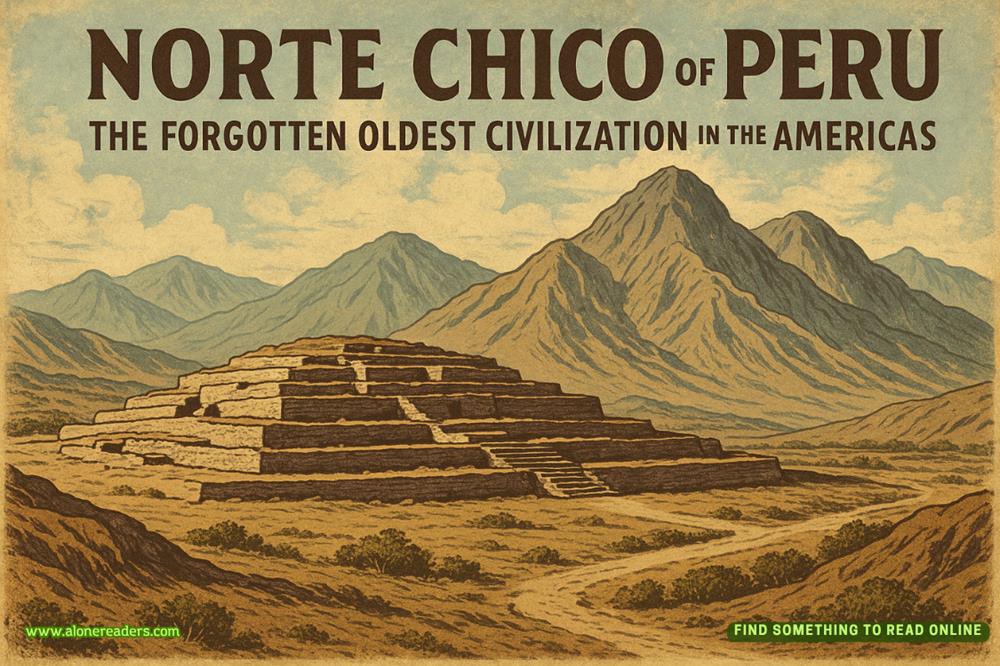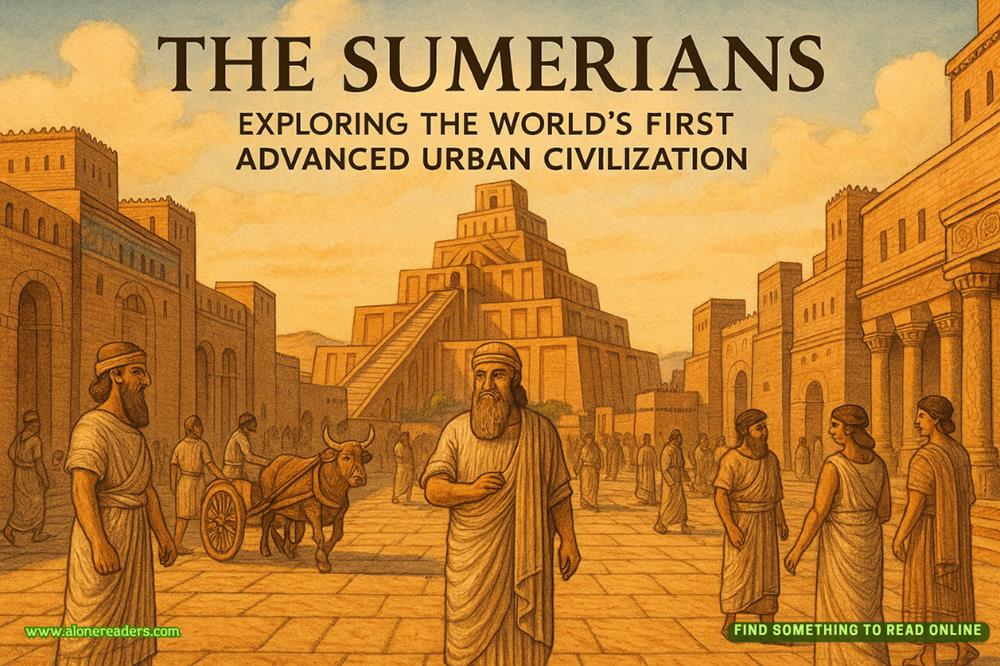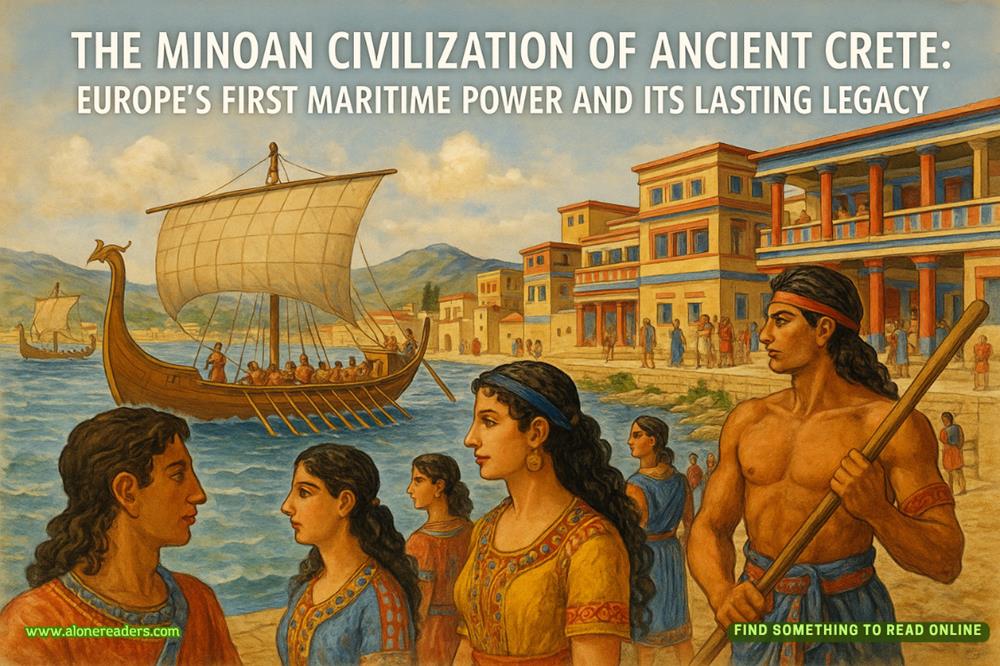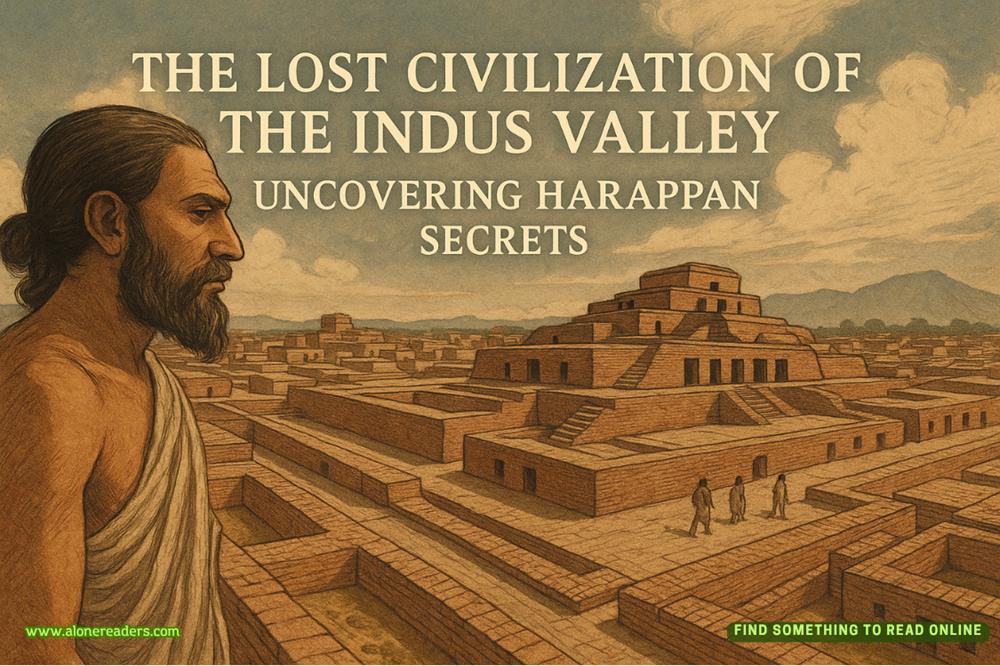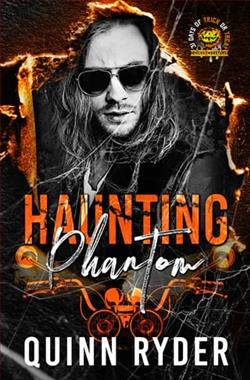Page 90 of The Devil Colony (Sigma Force 7)
Kowalski slapped a palm on his thigh and stood. “Then what are we waiting for? Once we’re out of here, I’m looking for the nearest watering hole. And for once in my damned life, I really mean water.”
With renewed hope, they set off.
But not before Kowalski made an addendum to that last statement. “Of course, just to be clear, that doesn’t mean I would turn down a cold beer if someone offered.”
The hike from this point on was no less strenuous or frustrating than what came before, but hope now buoyed their spirits, kept them moving forward. They tested each crossroads with a small match from Hank’s backpack, watching the direction of the smoke. The breeze grew stronger and stronger over the next two hours, which only encouraged them to move faster.
“We must be near the surface,” Hank said, and sucked on the blue plastic tube to his CamelBak. From the forlorn gurgle as he sucked, he was empty.
They needed to find the way out.
Painter checked his watch.
9:45 P.M.
After another hour, it still seemed they were no closer to the surface. Out of water, down to one flashlight with working batteries, they were running out of time.
Hank heard a strange popping-crackle sounding underfoot. A rock had shattered under his boot. He pointed his light down. Bits of black-and-white pottery skittered across the limestone.
It wasn’t a rock, but a pot.
He bent down and picked up a shard. “This is Anasazi handiwork.”
Painter focused his beam up the rocky chute they’d been climbing along the past ten minutes. He spotted more bowls and clay vessels resting on shelves of rock.
“Look at this,” Jordan said behind him. “Cave art.”
Hank moved down to the youth’s side. Painter had missed seeing the clue when he passed by it a moment ago, exhaustion making him sloppy.
“Petroglyphs,” Hank said, and stared up the chute. “Painter, could you turn off your flashlight?”
Painter sensed that the professor was onto something and flicked off his lamp.
Total darkness closed over them.
No, not total darkness.
Painter stared up. Faint light glowed up there, barely more than a grayness against the black backdrop.
“I think I know where we are,” Hank said out of the darkness.
Painter turned his light back on.
Hank’s eyes were huge as he waved Painter forward. “It shouldn’t be much farther.”
Painter believed him. Their pace became hurried, especially as crude steps appeared, carved into the rock. They led up to a square of moonlight overhead, crosshatched by a steel grate. Painter had seen that grate before—but from the other side.
“This is the blowhole at Wupatki,” he mumbled. He remembered the park ranger’s estimation of the cavern system beneath it.
Seven billion cubic feet . . . stretching for miles.
That had proven to be true—and might even be an underestimation.
Hank could not restrain his excitement. “This must be how the surviving Anasazi escaped the massacre here. They fled down here, crossed underground through this cavern system, and set up a new home beneath the other blowhole. There they lived until the flood wiped them out.”
With one mystery solved, Painter faced another.
He reached up and rattled the grill. “It’s padlocked.”
“No worries.” Kowalski pushed forward and raised his pistol. “I got the key.”
Chapter 30
June 1, 2:08 A.M.
Nashville, Tennessee
“They’re still hunting you,” Kat said, her voice sounding tinny through the cheap disposable phone. “They will be all night.”
Gray sat in the passenger seat of a nondescript white Ford van—the more nondescript the better, it seemed, according to Kat’s report. They’d ditched the muscle car hours ago in a wooded park outside of Bowling Green and hot-wired their new vehicle from a used-car lot. The van shouldn’t be missed until the dealership opened in the morning.
Still, they kept moving, knowing that the dragnet for the escaped Fort Knox terrorists would be ever widening. To stay ahead of it, they traveled back roads, avoiding main thoroughfares, threading their way south until they reached Nashville.
“You’ve got everyone looking for you,” Kat continued. “FBI, military intelligence, civilian law enforcement. It’s still a clusterfuck out here in D.C., especially with all of this coming down in the middle of the night. Now that the terrorist flag has been raised, everyone’s scrambling.”
As Monk drove slowly through a suburban industrial park on the outskirts of Nashville, Gray glanced to the backseat. Seichan sat with her arms crossed, staring at the dark mix of warehouses, supply stores, and mechanic shops. Because of her past crimes, she was not officially a member of Sigma. She could never be. Her recruitment as an asset and spy was known only by a small handful of people within their organization, all well trusted. To the rest of the world’s intelligence agencies, she remained a wanted terrorist, a deadly assassin for hire.
“How did that alert at Fort Knox get raised in the first place?” Gray asked. “All of our identification was solid. What tipped them off? We were scanned and photographed at the depository. Did Seichan’s picture get flagged by some database?”
“I’m still working on that,” Kat replied. “But I can tell you the alert wasn’t generated from Fort Knox. It came from an outside source, but I can’t trace it. At least not right now. It’s too early. Everyone is still covering his or her ass at this point. I imagine files are being shredded all over D.C.”
“So we were set up. It was an ambush from the start.” He could guess who orchestrated it all, picturing the officer in charge at Fort Knox. “Any further news on Waldorf?”
Gray had spoken to Kat an hour ago after purchasing the disposable cell phone. The conversation had been brief as she tried to quell a hundred fires while blowing chaff to keep Sigma’s involvement a secret and misdirecting the nation’s various intelligence and security agencies to keep Gray and his teammates from getting caught.
“No,” she said. “I’ve made numerous inquires, but Waldorf vanished shortly after the base alert got raised. But he must be hunting for you as desperately as everyone else.”
“Why do you say that?”
“It was one of the reasons I was calling you back. To warn you. The Learjet that you took from D.C. was blown up in midair about fifteen minutes ago, shortly after taking off from the Louisville Airport. A blast took out the tail section. Estimates are that it was a bomb tied to an altimeter timer. The plane reached a certain height and the ordnance blew.”




